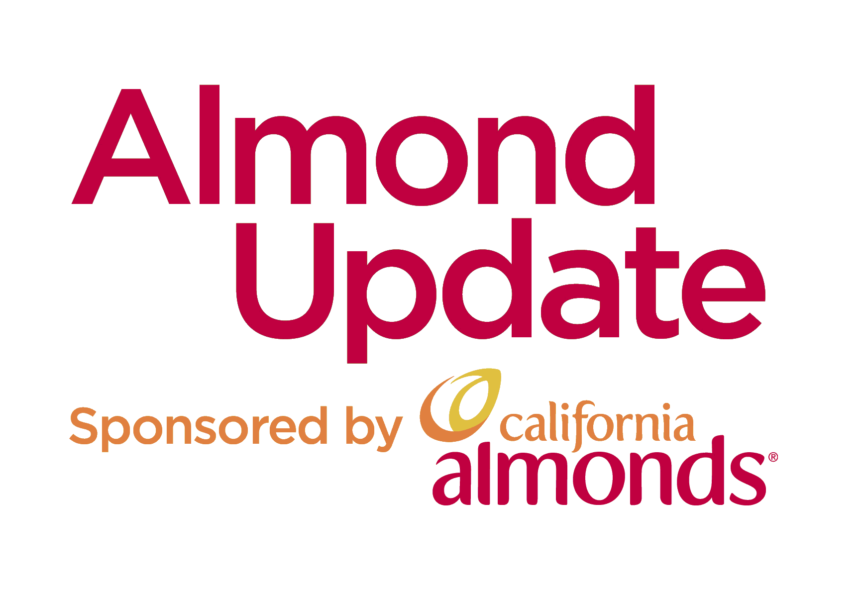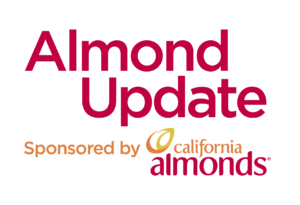As almond growers prepare for hull split season, management of navel orangeworm (NOW) is a top priority. Lauren Fann, a Pest Management Specialist with the Almond Board of California, provided crucial insights on the best approaches for controlling the pest, emphasizing the importance of timing applications.
“You want to make sure that you’re spraying for the right insect and for when the population is there. So, it’s going to be really important to make sure that you are monitoring navel orangeworm populations,” said Fann. “While it is important, and growers are using hull split to time their sprays, it’s also important to look at the pest pressure and the population while making decisions.”
Walking through orchards to observe hull split progress and inspecting the tops of trees can help determine the optimal timing for sprays. Growers should focus on areas like the southwest edges of orchards, where changes are often noticed first. “Within five days of one-percent hull split, that’s ideal. And it’s better to be a little late than early because you want to target those pests,” Fann explained.
Hull split often coincides with NOW flight activity, making monitoring hull split progress essential. Fann highlighted the benefits of aerial sprays for larger orchards and advised making applications during times when NOW is most active, such as early morning or dusk. Proper sprayer calibration and making applications at low speeds will help to make treatments as effective as possible.
“You don’t want to go too fast. We need to make sure that the trees are covered well and that you’re getting that product on the suture of the nut,” said Fann. “And while it can be tempting to go down every other row, it definitely is a better practice of going down each row and spraying down each row.”
Listen to Fann’s interview below.

Brian German
Ag News Director / AgNet West











